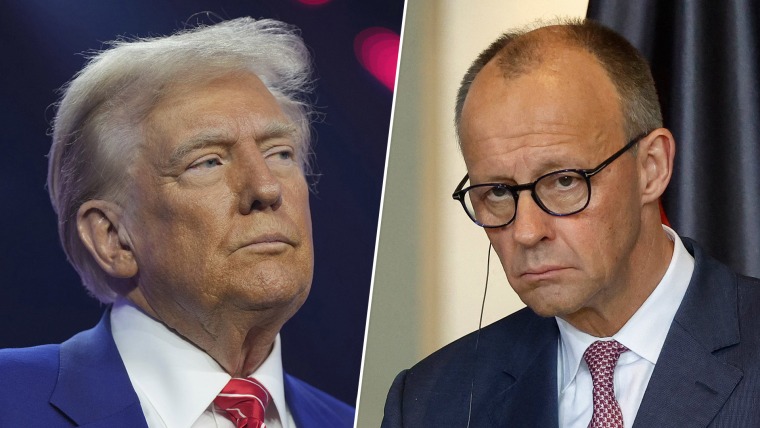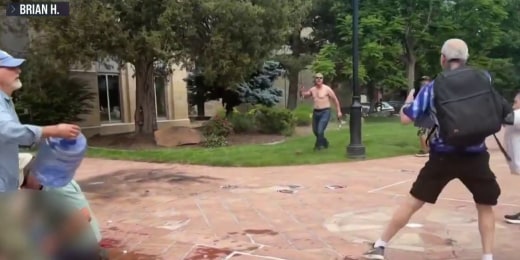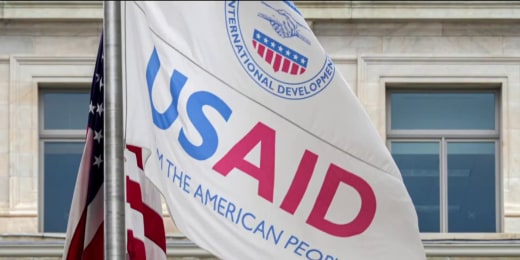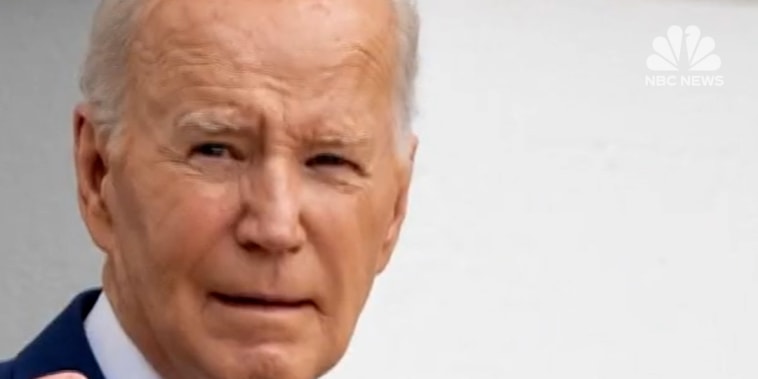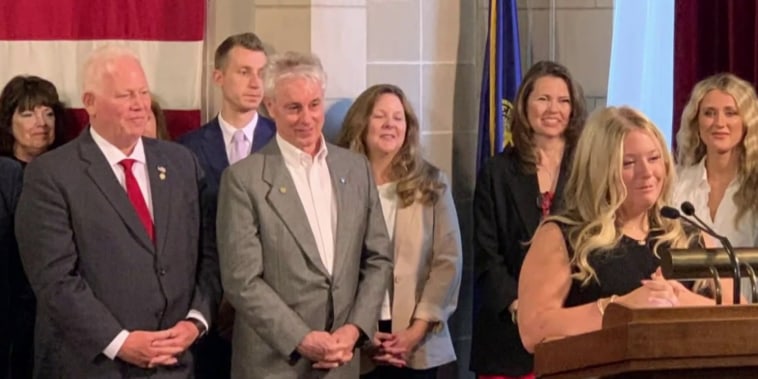
The bromance may be dead, but Republicans worry that an escalating feud between President Donald Trump and billionaire Elon Musk could live on, leaving collateral damage in its wake for weeks, months or even years.
The proximate cause is the centerpiece of Trump’s agenda, the “big, beautiful bill,” which Musk is trashing publicly and privately. To try to kill the legislation, he’s said he will spend money to oust Republican lawmakers who vote for it.
“He does not give a f— about Republicans or the RNC, or House seats, or whatever,” a Musk adviser said Thursday in the middle of a social media war between the president and the tech mogul, who had never aligned with the Republican Party until the last few years. The adviser was given anonymity to speak candidly about the blow-up. “He will blow them up, he will. … I mean, we already know Republicans are going to lose the House. Senate will likely be fine, but Elon does not give a s— about that party stuff.”
Republican lawmakers care a lot — especially when it comes to their own congressional seats and chairmanships, which would be in danger if Musk tried to oust them from power in next year’s midterm elections.
In interviews with GOP lawmakers and operatives with ties to Congress, a clear theme emerged: Republicans should be scared of getting crosswise with either Trump or Musk — a tough task when they are slinging mud, insults and threats at each other.
In short, other Republicans are like the kids caught between parents in the midst of a possibly brutal divorce.
“I’m staying out of it,” said Rep. Don Bacon, who represents a competitive Nebraska district. “There’s a good verse in Proverbs: ‘Stay out of fights.’ I’m staying out of this one.”
But Trump allies are taking shots at Musk for his comments about the president and even encouraging Trump to take action against him.
“People including myself are recommending to the president that he pull every every contract associated with Elon Musk and that major investigations start immediately,” said Steve Bannon, a White House adviser in Trump’s first term and a frequent critic of Musk.
In particular, Bannon said, the South African-born Musk’s immigration status, security clearance, reported drug abuse, relationship with China and “involvement with attempting to get President Xi to the inauguration” should all receive scrutiny.
Getting nastier by the minute
Perhaps it was inevitable that the Trump-Musk buddy-trip movie would end — how long can the world’s most powerful man and its wealthiest man pretend that they aren’t in competition? But few in Washington could have predicted that the resulting inferno would consume their professional and personal relationships so quickly.
By Thursday afternoon, Musk was retweeting a suggestion that Trump should be impeached. In the hours before that, Trump said he was “very disappointed” with Musk for turning on his signature legislation, which would cut taxes by $3.7 trillion over a decade and slash government spending by $1.3 trillion — leaving a $2.4 trillion deficit — over the same period.
Musk and his allies bristled at the suggestion by Trump and White House officials that he was angry because the bill would kill tax benefits for electric vehicles, like those made by the Musk owned Tesla company.
Musk spent $275 million in the 2024 elections, mostly to help elect Trump, according to campaign finance records, and Trump rewarded him with a high-profile post as the face of the new Department of Government Efficiency. The role positioned Musk as the avatar of a push to cut the size and scope of the federal government — a role that turned him into a controversial figure as he appeared to revel in firing workers and closing agencies. At one point, Musk wielded a fake chainsaw on a stage to illustrate his post as cutter-in-chief.
That all came to an end last week when the two men held a chummy Oval Office news conference to announce Musk’s departure from the government.
But now, Trump says Musk was “wearing thin” as a special government employee and the featured player at DOGE. In a Truth Social post Thursday, Trump said the easiest way to cut more government spending would be to cancel federal subsidies for Musk’s business ventures.
Musk fired back by picking at a scab involving the Trump administration’s withholding of some documents from its hyped release of records pertaining to Jeffrey Epstein, a onetime associate of powerful figures — including Trump — who died in prison after being charged with sex-trafficking of minors. The Trump administration has released some new information from those records, but most of it has already been public. Musk tweeted that the “Epstein files” include Trump’s name. Trump and Epstein knew each other and Trump’s name appeared on flight records for Epstein’s plane, but Trump has never been implicated in Epstein’s abuse of underage girls.
Musk also predicted the economy would be in recession by the second half of this year as a result of Trump’s policies.
The fallout
Just a few months ago, Musk indicated he would put $100 million into political committees associated with Trump. That money never came — and now, it won’t, the Musk adviser said.
In addition, Republicans have to worry that vast sums will be used against them if they vote for Trump’s bill.
“It’s gone,” the Musk adviser said of the money once earmarked for Trump’s use. “He’s going to go nuclear. He will support Democrats if needed, he absolutely will.”
Democrats watched Thursday’s contretemps with glee.
“This is Christmas,” one Democratic Party operative said in a text message.
But even on a more substantive level, it gave some of Trump’s adversaries hope that his agenda would sink under the weight of Musk’s threats.
“The most important thing that’s happening here is that Musk is killing this terrible bill. If he’s willing to do that, then welcome,” said Simon Rosenberg, a veteran Democratic operative. “This is doing enormous damage to Donald Trump. There is no version of this that is good for him. There is nothing here positive for Trump. He looks weak and feckless, he can’t control his buddy.”
That’s the view from the left. The view of a GOP operative close to the White House was that the episode underscores Trump’s independence from Musk, adding a note of optimism that the fight would end with harmony.
“President Trump is the boss and there can be only one boss. If anything, this deals a blow to the Democrats’ lame attempts to paint the president as a puppet of the world’s richest man,” said the operative, who was given anonymity to speak candidly about the two powerful men. “On the other hand, I could see them both back in the Oval bro-ing it up again in a month, as it may be just the art of the deal.”
Some GOP strategists said the damage could be contained — but that it’s not yet clear whether that will happen.
“It depends on how long it goes and how nasty it gets,” said one former Trump campaign adviser who counts congressional candidates among his clients.
Rep. Richard Hudson, R-N.C., who chairs the House GOP’s campaign arm and is in charge of protecting their 3-seat margin in the chamber, said he believes the rift will “blow over.”
But asked whether he thought Trump and Musk would make up, he just shrugged his shoulders.














